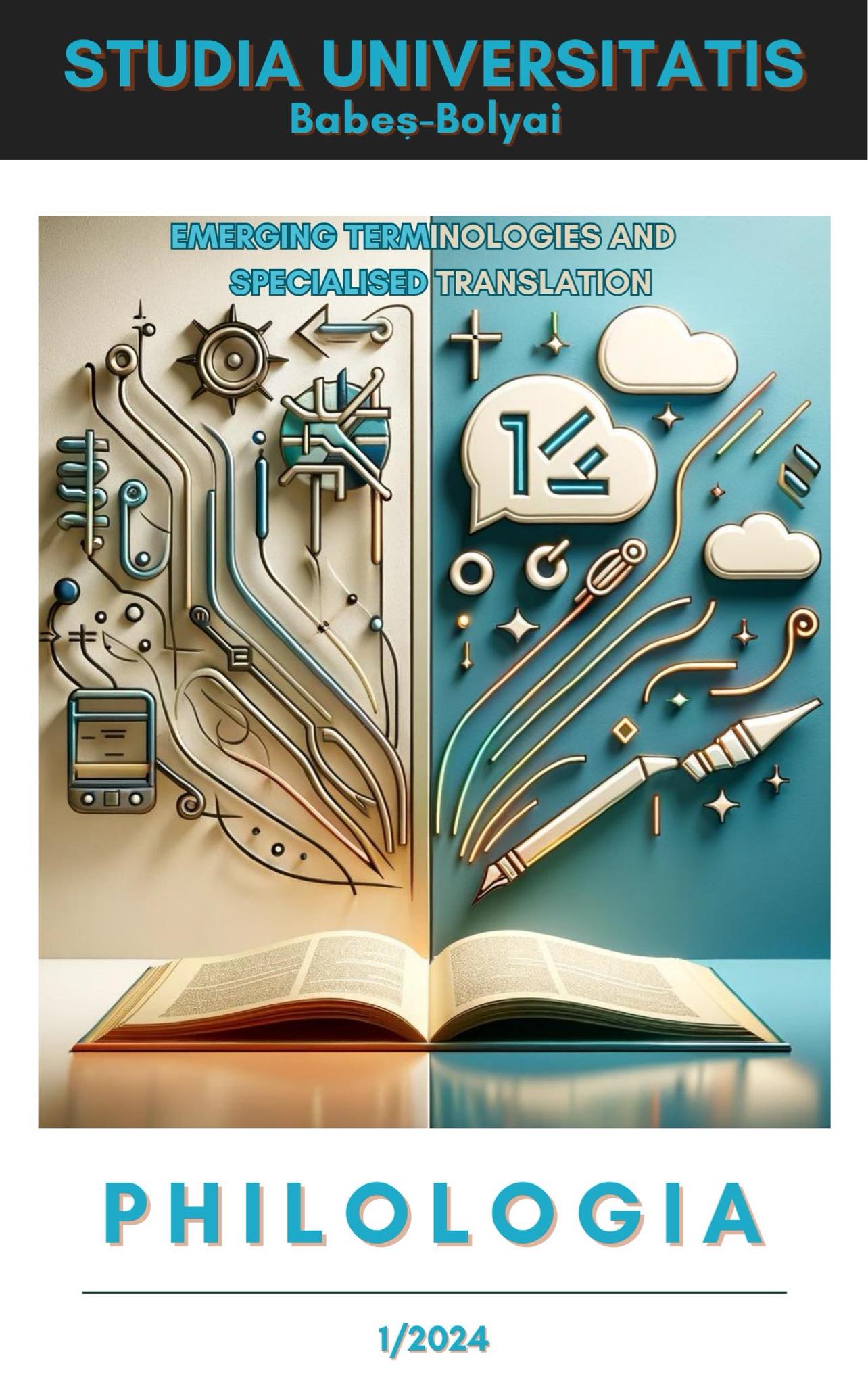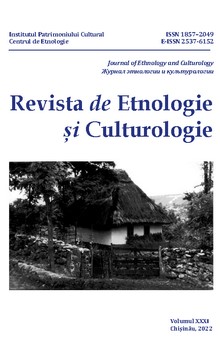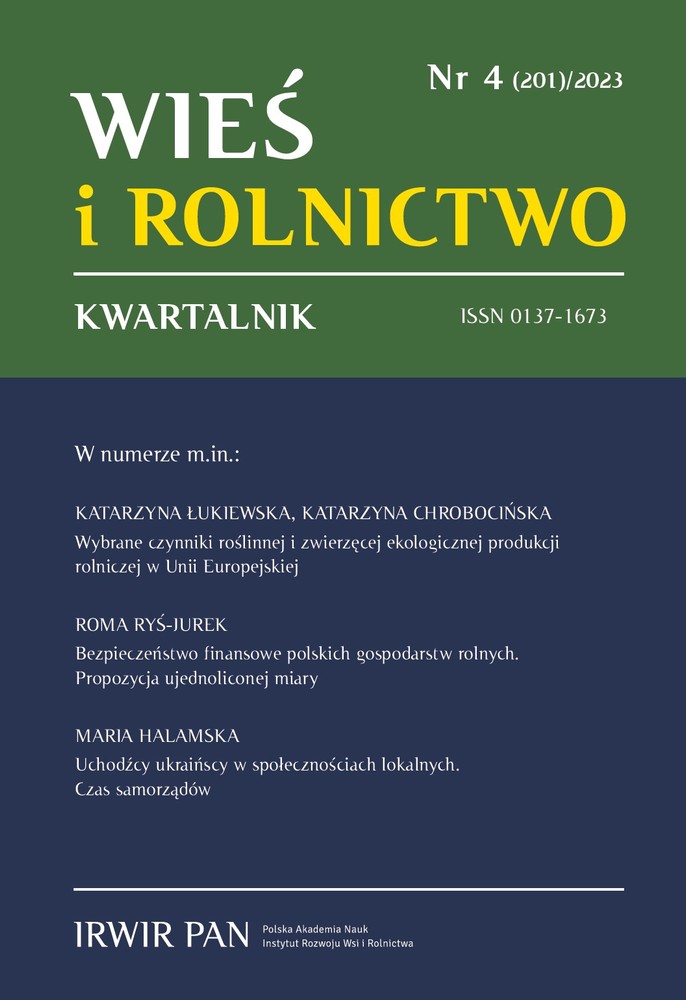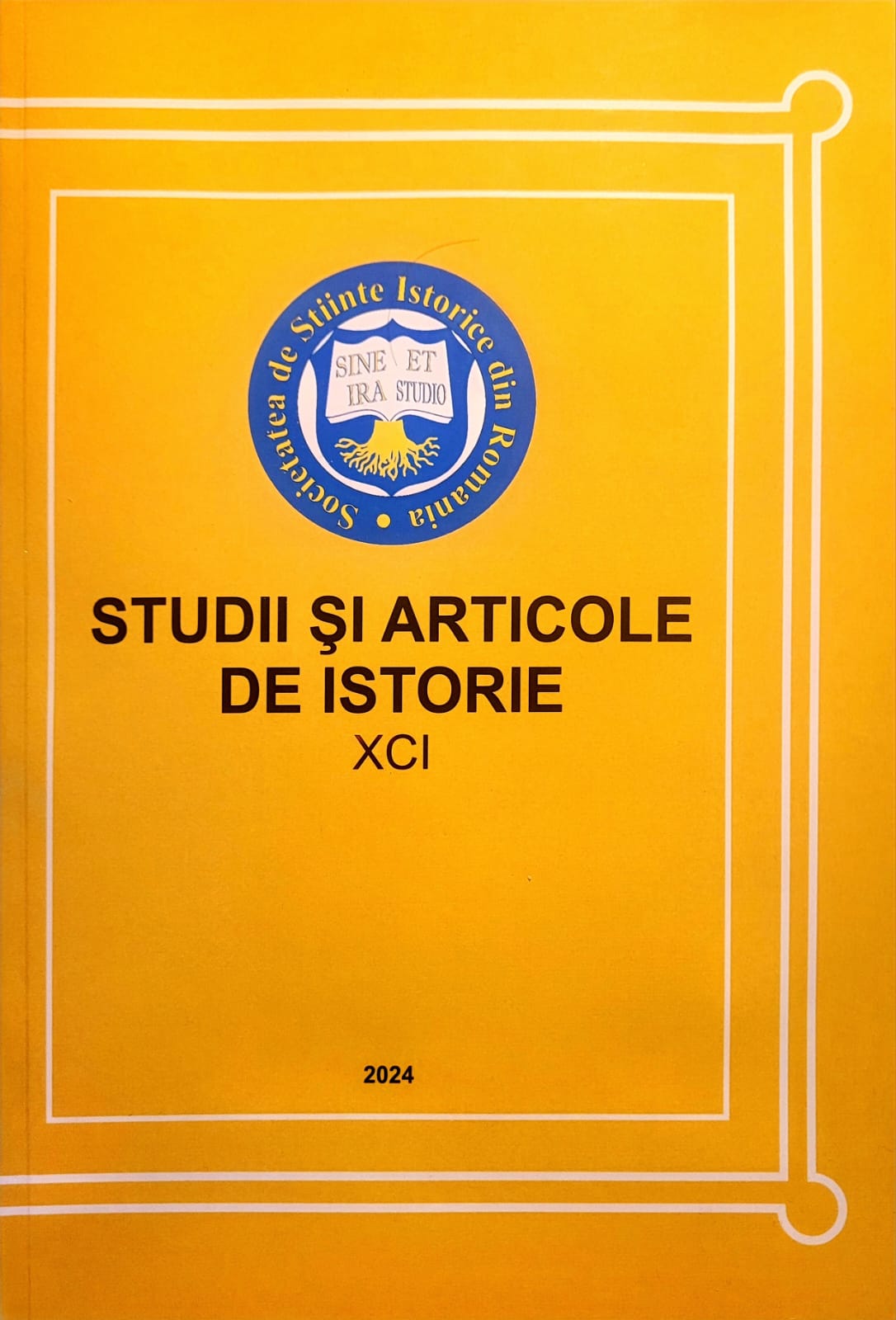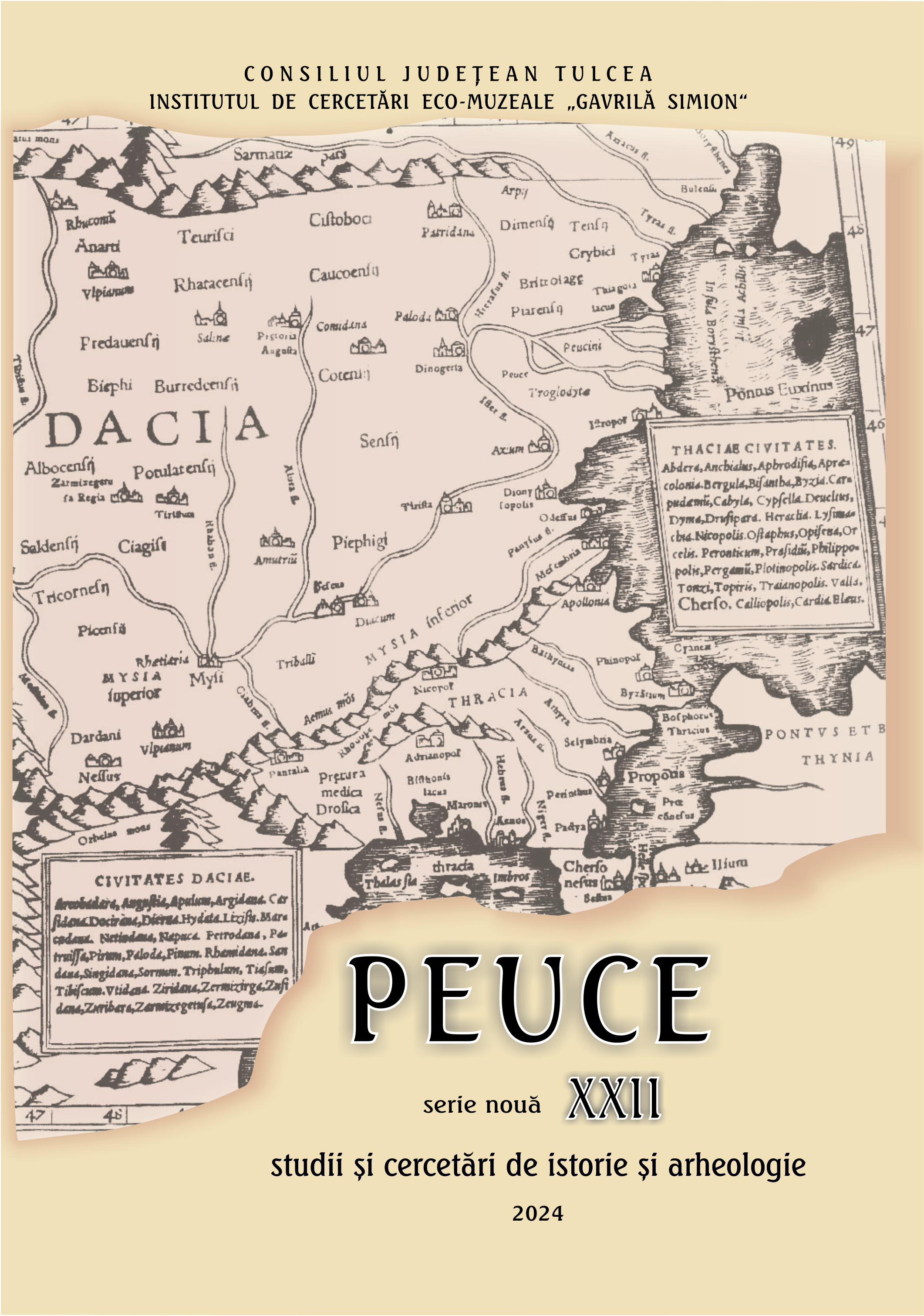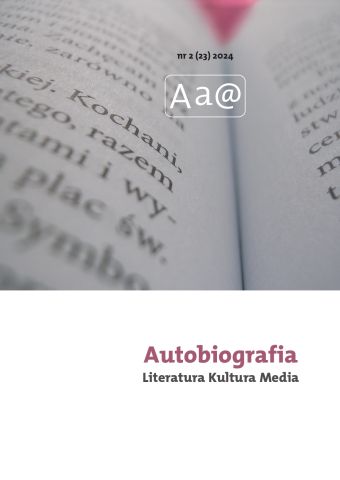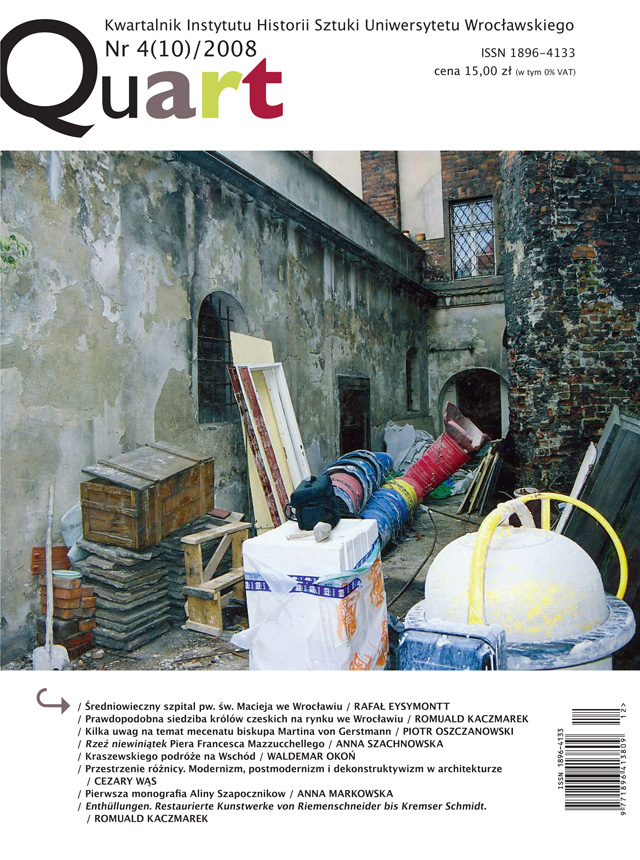Pierwsza monografia Aliny Szapocznikow. Wydawnictwo Naukowe UAM 250 s., 17x24 cm, oprawa miękka ISBN: 978-83-232184-1-8
Author(s): Anna Markowska / Language(s): Polish
/ Issue: 4/2008
Portret wielokrotny dzieła Aliny Szapocznikow (The Multiplied Portrait of Alina Szapocznikow’s Work) by Agata Jakubowska, a renowned feminist researcher, is the first monography of this splendid Polish sculptor who died in France in 1973. The artist, a prisoner of many concentration camps, having survived the Holocaust, turned to art which was filled with joy of life, and the dramatic traces of war experience came back no sooner than she herself became affected with cancer, what caused the ‘Holocaust effect’ according to Jakubowska’s interpretation, which follows Ernst van Alphen. Szapocznikow began her career still in socialist realism, treating it as a very serious challenge. Later she participated actively in post-‘Thaw’ changes in Polish art, eventually she left for France in 1963 and approached the circle of New Realists.Agata Jakubowska has not performed her own archive search, rather basing on the data introduced in a vast catalogue accompanying the retrospective exhibition that toured main Polish national museums in 1998-99. Portret wielokrotny... is read without a break, although it is a book exceptionally sublime in a methodological aspect, based on Griselda Pollock and Jacques Derrida’s ideas. It comes as work-in-progress – struggling with fallocentric discourse excluding women and this-what-is-female in culture; as undoubtedly Jakubowska herself takes part in such revolution in our country. Bringing the idea of a great artist – in its female mutation – back to life, she is convinced that it is socially needed in post-communist Poland and at the same time she plays a sophisticated narrative game with a reader, oscillating between a plain description and statements using first person singular forms, claiming that the book is ‘in a sense’ autobiographical. By positioning the narrator, the author slips away the definite opinions concerning Szapocznikow’s works. Changing her work’s framing, she reveals more of its new aspects. Jakubowska, being a pioneer in Polish conditions, deals with the ways of presenting sculpture undertaken by the artist herself, so she devotes a lot of contents to photos showing her with men-viewers, friends from artistic establishment. Instead of tracing patrilinear influences, Jakubowska comprehends Szapocznikow as a foreigner, a traveller, repeating after Zygmunt Bauman the concept of Jewish ‘transcendental homelessness’. Seen as such, the form grows out of life experience, and appropriating someone else’s form says nothing about its uniqueness, made up for a single life.
More...
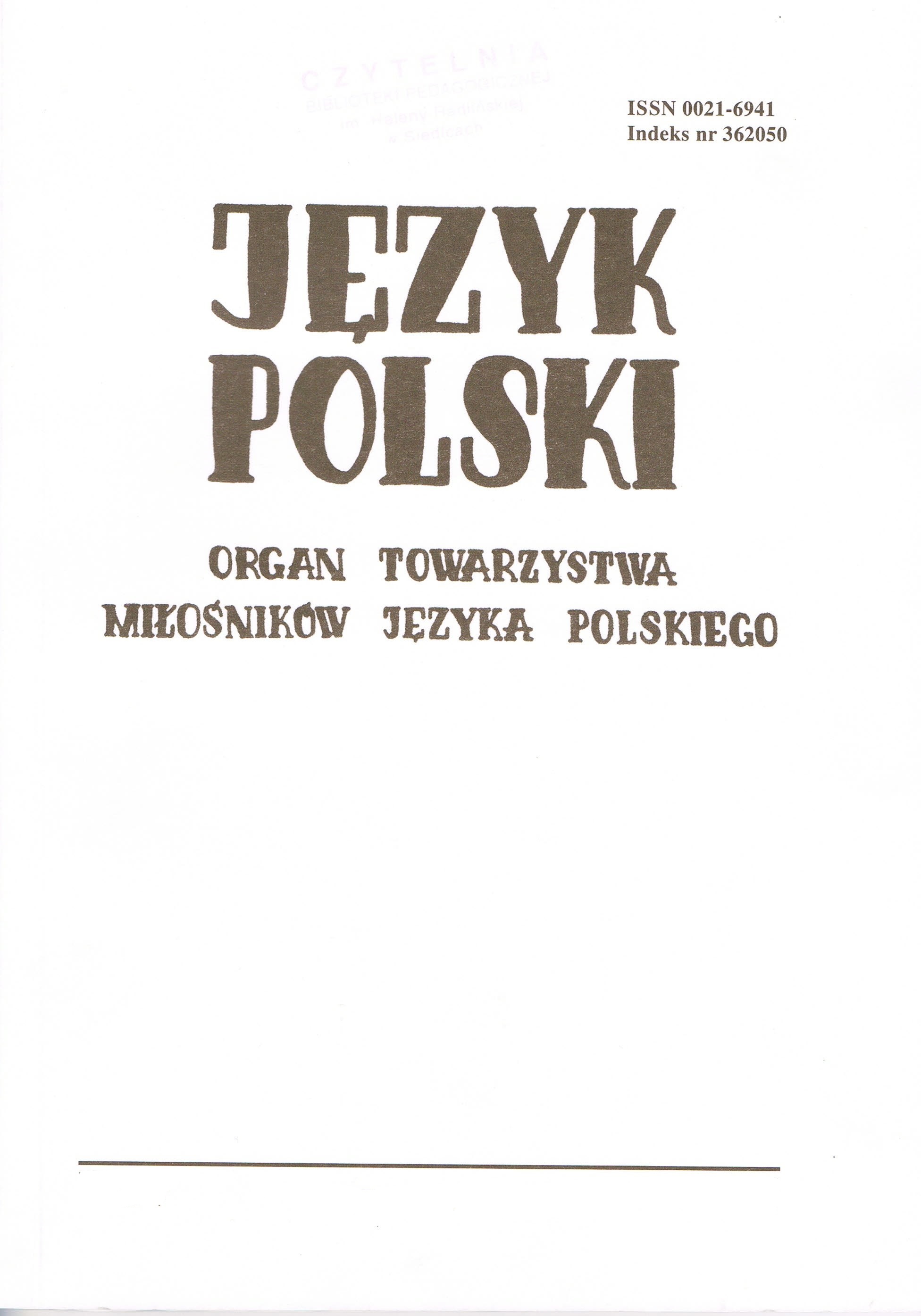

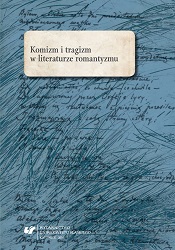
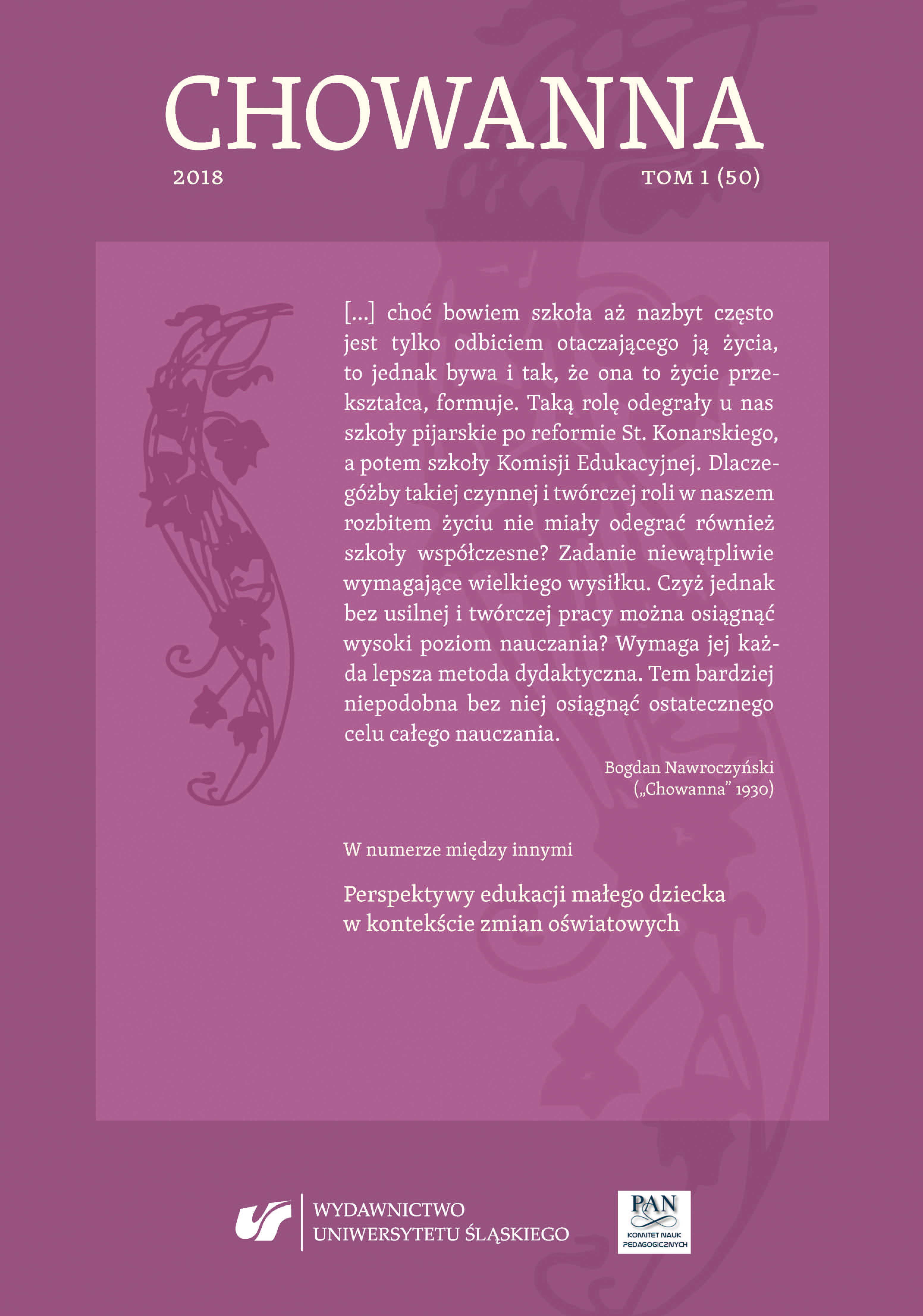
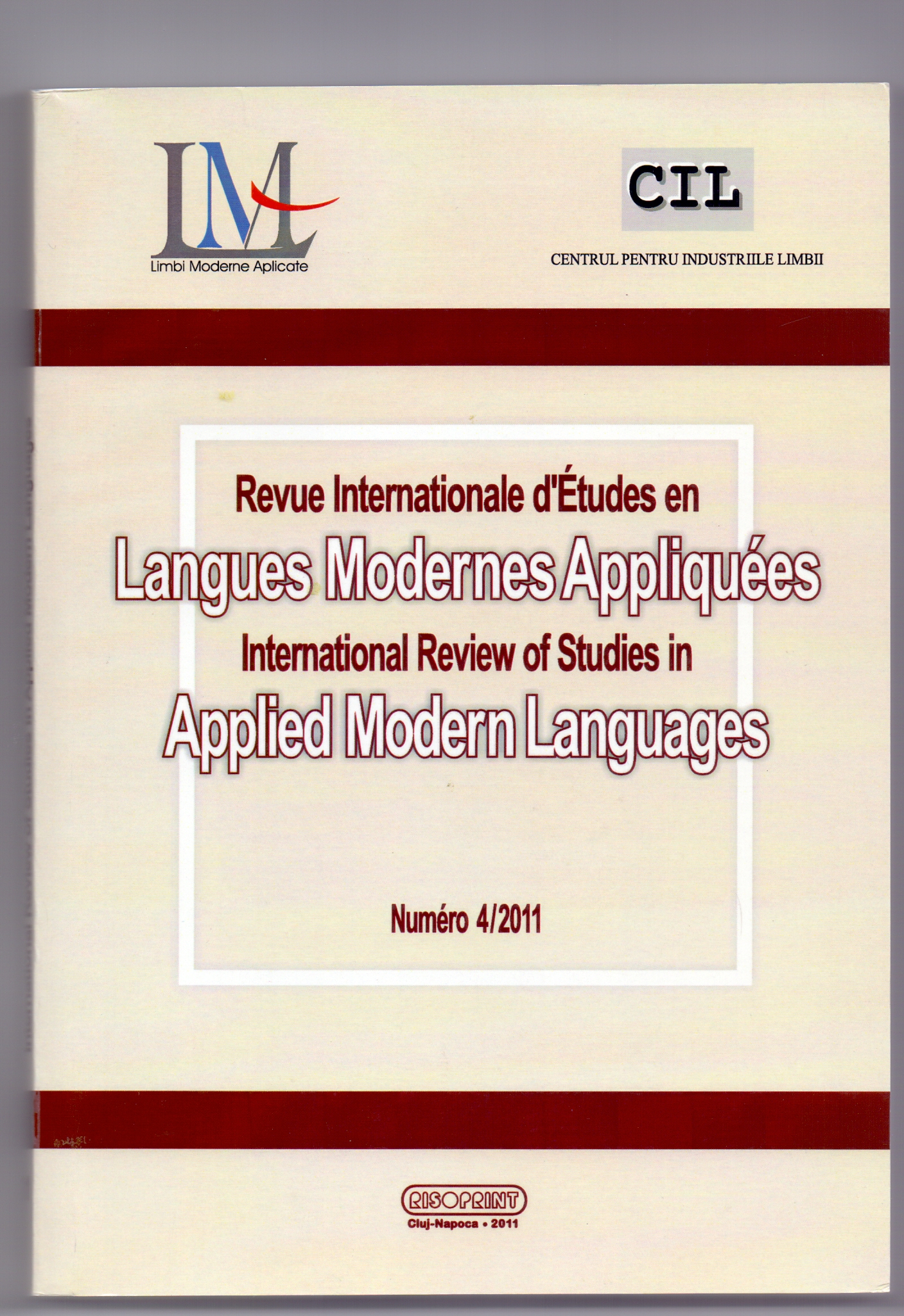
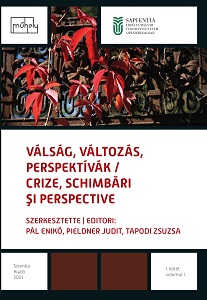
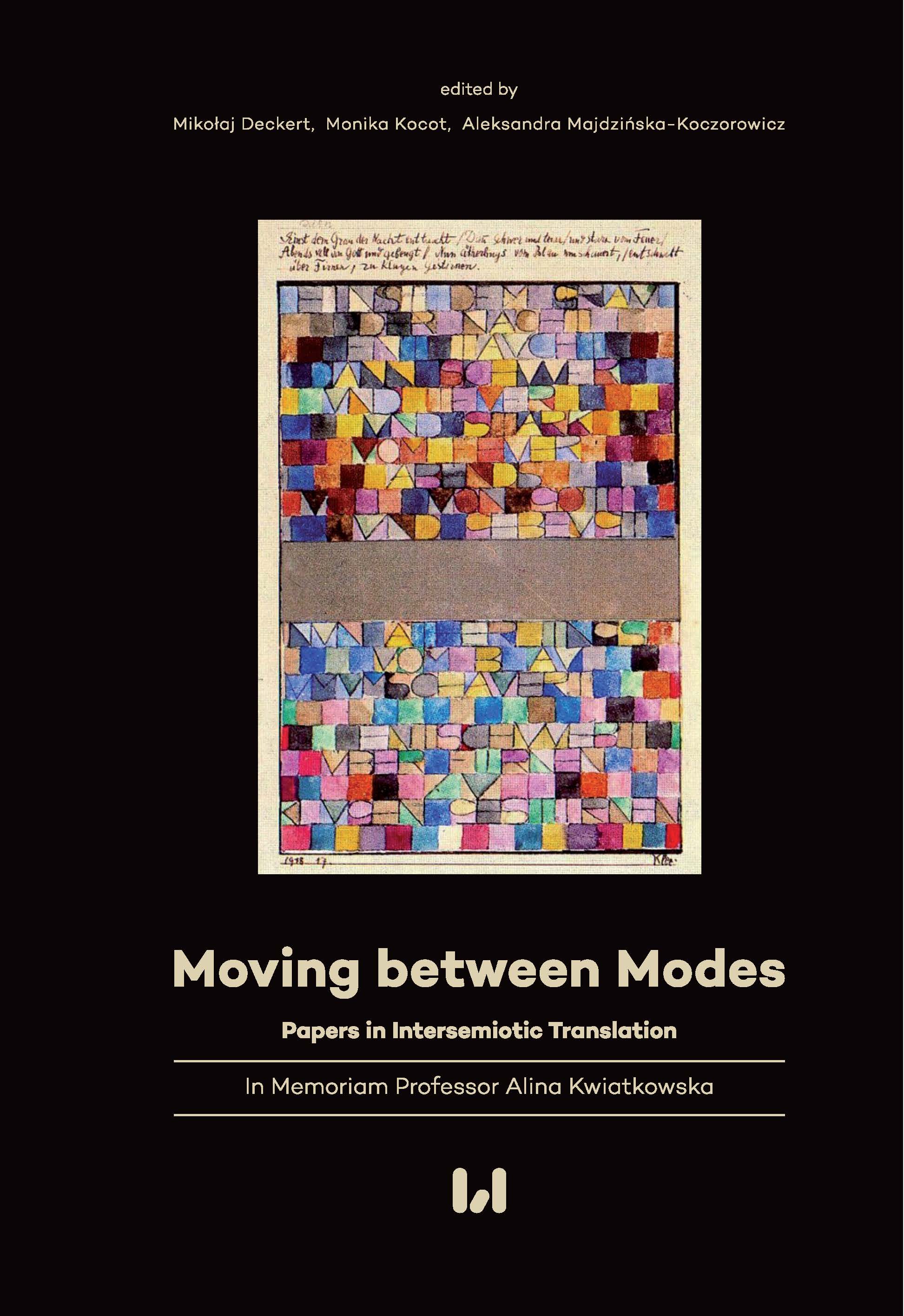

![Labyrinthine disegni about the Poetry of Jan Kochanowski (Rev.: Alina Nowicka Jeżowa. Spotkania w labiryncie. Szkice o poezji Jana Kochanowskiego [Meetings in the Labyrinth: Sketches on the Poetry of Jan Kochanowski])](/api/image/getissuecoverimage?id=picture_2023_79026.jpg)
